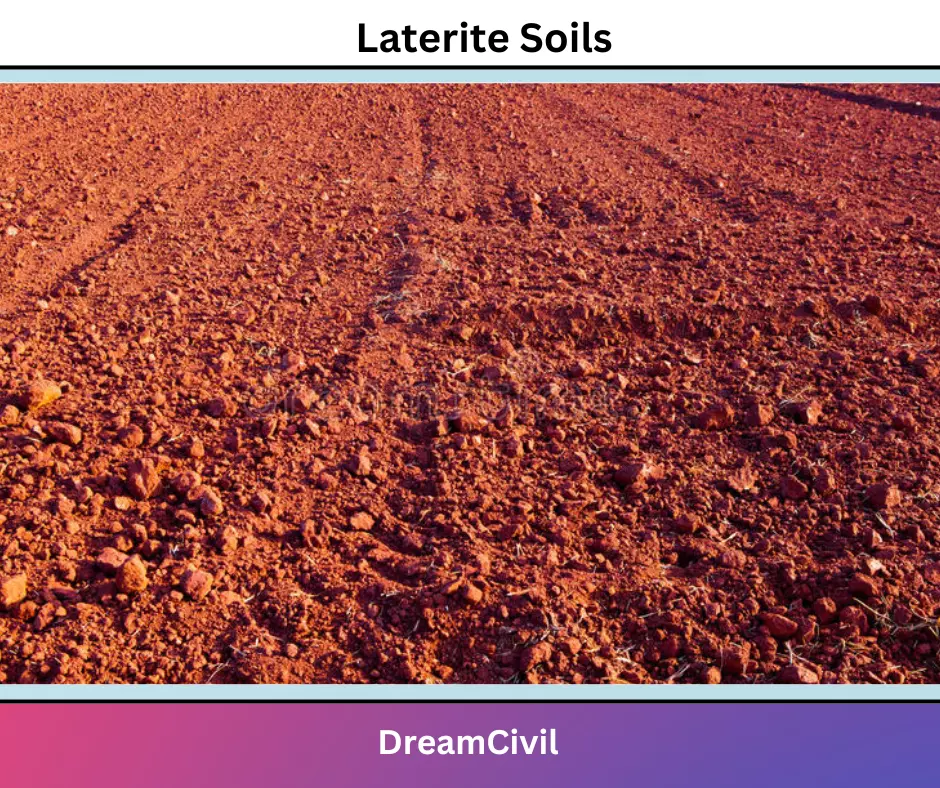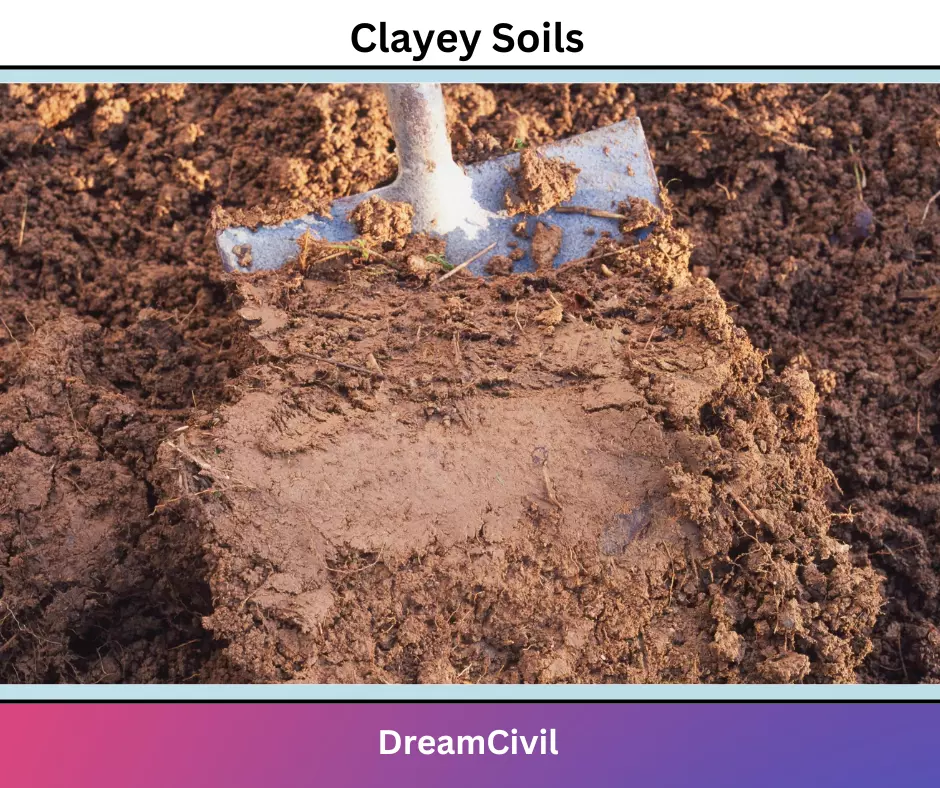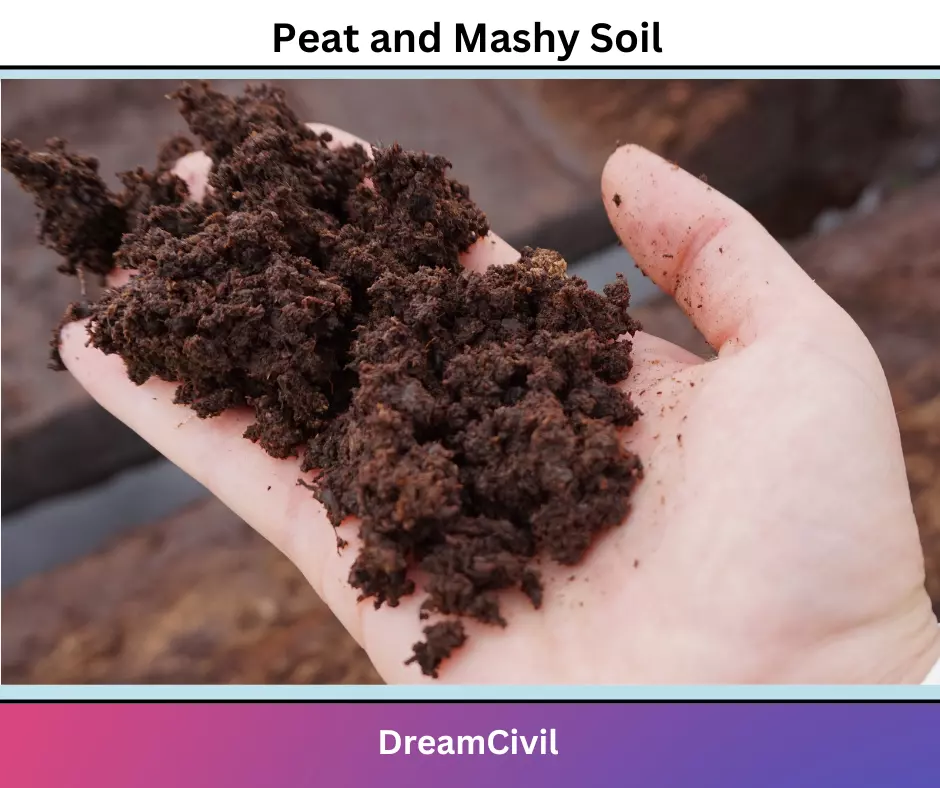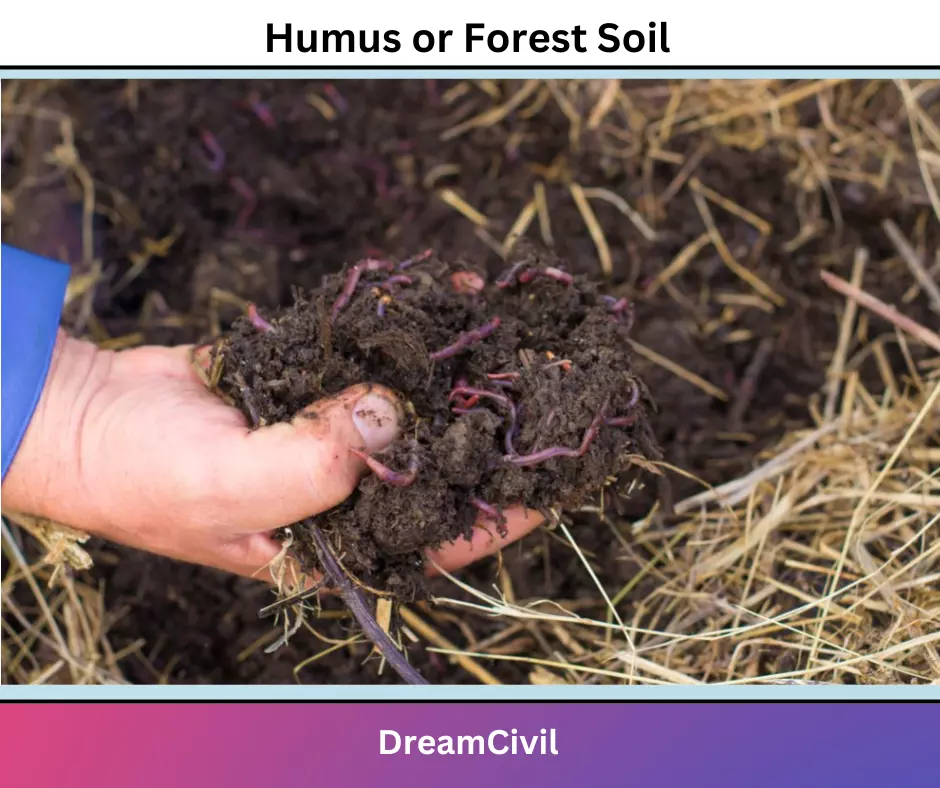Table of Contents
In this article, we will discuss the types of soil in India.
| Summary Soil is defined as an unconsolidated material that comprises solid particles and voids. The void may comprise either air only, water, or both air and water. If the void is totally occupied by water, then the soil is said to be saturated soil and if the void is totally occupied by air, then the soil is said to be dry soil. Soil is used as construction material in various civil engineering projects and it supports structural foundations. Rock is defined as a natural aggregate of mineralogical composition bounded by strong and cohesive force. |
1. Formation of Soils
The soils are formed by the disintegration of rocks either physical disintegration or chemical disintegration.
a. Physical disintegration
The mechanical disintegration of rocks into small fragments due to different actions of geological agents is called physical disintegration. It occurs due to the following physical disintegration that is as follows:
1. Temperature change
Due to different coefficients of thermal expansion, the expansion and contraction of minerals occur due to changes in temperature.
2. Wedging of Ice
Water in the pores and small cracks of rock gets frozen in cold climates. The disintegration of rocks takes place due to an increase in volume.
3. Spreading of roots
When the roots of trees grow up inside cracks and fissures, a force acts on rock and breaks it down.
4. Abrasion
Due to abrasion, the rocks are disintegrated into soils. Abrasion is due to the movement of geological agents over the surface of rocks.

b. Chemical Disintegration
Chemical disintegration/ Decomposition of rocks due to different chemical processes such as hydration, carbocation, oxidation, solution, hydrolysis, etc.
The soil formed by chemical disintegration doesn’t have the properties of parent rocks.
1. Hydration
Water combined with rock results in the formation of new chemical compounds.
2. Carbocation
Carbon dioxide reacts with water to form carbonic acid. This combines with rocks and disintegrates the rock into soil mass.
3. Oxidation
Oxygen ions combine with rock minerals. For example, the Formation of rush.
4. Solution
Some of the rock minerals form minerals from a solution with water when they get dissolved in water. A chemical reaction takes place in the solution and soils are formed.
5. Hydrolysis
In this process, water gets dissociated into H+ and OH– ions.

2. Types Of Soil In India
Indian soils may be categorized into the following sorts as follows:
a. Red Soils
They are light-textured porous and crisp soils.
These soils are the residual soils left at the surface due to the decay of the underlying parent rocks.
They cover the parent rocks under themselves.
Majorly is sandy loam or sandy clay in texture.
They are red in color and have very low lime content.
These soils are poor in nutritional matters like nitrogen, phosphorus, lime, and organic matter.
But red soils are very reactive to green manure, chemical fertilizer, animal dung manure, and irrigation.
Such soils are discovered in the southern and central parts of India.
They are located in Tamil Nadu, Karnataka, Southeast Maharashtra, Central Andhra Pradesh, Western Orissa, and Southern Madhya Pradesh.

b. Laterite Soils
These soils are also residual soils, usually open and porous.
They even lack nutrition elements like nitrogen, phosphorus, lime, and potassium.
They are too red in color.
These soils can be sliced and employed as building stones.
These soils are located in Andhra Pradesh, Madhya Pradesh, Orissa, Assam, Kerala, and Southern Maharashtra.

c. Black Soils
These soils are mainly clays.
They form deep cracks at the time of drying.
They are black in color.
They are occasionally called black cotton soils as they are regarded as very good soils for growing cotton.
They are quite fertile if sufficient rainfall is measured.
These soils react very well to the use of chemical fertilizers, green manure, and animal dung manure.
These soils are situated in Maharashtra, M.P., Karnatak, A.P., and Tamil Nadu.
It is very hard to build, making a foundation in them.

d. Alluvial Soils
These are very productive soils.
They are constructed by deposition underwater.
These soils are located in Indo-Gangetic Plains.
They also react to phosphorus and nitrogen fertilizers.
They soak a proper amount of rainwater and as such act as very good sources for groundwater reservoirs.
These soil are appropriate for any crop.

e. Sandy or Desert Soils
This soil appears in low-rainfall regions.
These types of soil are free draining.
It possesses a more pH value and low organic content.
This soil is especially productive if irrigation facilities are provided.
Sandy or desert soils are effortlessly blown by strong winds and dust storms.
This soil is very useful for melon, barley, wheat, bajra, til, etc.
It is nearly pure sand and is located in Gujarat, Punjab, and Rajasthan.

f. Clayey Soils
Clayey soils are known as heavy soils.
They are not easily drainable, otherwise, they are rich in nutrition.
Clayey soils are situated in the U.P., Punjab, and parts of Haryana.
They are very fertile soils.

g. Saline or Alkaline Soils
Saline soils can be utilized for cultivating crops only when they are sufficiently drained.
Otherwise, salts go on collecting and achieve such a concentration that no crops can be cultivated in them.
Alkaline soils are situated in semi-arid zones of Bihar, U.P., Gujarat, and Punjab.

h. Peat and Mashy Soil
Peat soil is situated in low-lying areas along the sea coast.
This soil is made of partially decayed plants and other types of organic matter.
This soil may produce very good crops of rice when properly drained and fertilized.
It contains organic matter varying from 25 % to as much as 90 %.
The organic matter is mostly in the form of decayed vegetation in marshy areas.

i. Humus or Forest Soil
This soil is situated in regions having thick forests.
This soil consists of organic matter and forest dead vegetation.
This soil is very fertile.
The soils may also be classified as follows depending on their composition:
1. Matiar soil
2. Matiar Domat
3. Domat
4. Baluar Domat
5. Baluar soil
6. Humus soil
7. Usar soil

a. Matiar soil and Matiar Domat both come under the category of heavy soil.
b. Matiar soil consists of a larger content of clay than Matiar Domat.
c. The clay content in both these soils varies from 20% to 40%.
d. Both these soils do not readily absorb water but once they absorb, they do not permit it to be drained off.
e. These soils can be improved by adding phosphatic and other fertilizers.
f. The addition of fertilizers improves the drainability and ventilation of the soil.
g. Crops that require moisture continuously like sugarcane and rice, are considered best for such soils.
h. Since these soils do not allow absorbed water to be easily drained, they maintain a continuous supply of moisture to the crops.
i. Clay content, in Domat soil, is never more than 20 percent. This soil maintains good drainage and ventilation ability.
j. This soil is good for any crop. Wheat, barley, sugarcane, maize, peas, and potato are cultivated and grown very easily in it. Baluar Domat owns a larger percentage of sand in it.
k. Clay content is about 10%.
l. Good irrigation and adequate fertilizers are essential for growing good crops in such soils.
m. Groundnut, cereals, mustard, spiked millet, and fodder crops are the usual crops grown in it.
n. Baluar soils contain about 5 percent clay and the remaining part is all sand.
o. This soil cannot retain water and thus dries out very soon.
p. The productivity of this soil can be improved by adding green manure and clay.
q. Melon, groundnut, and spiked millet are suitable crops for such soils.
r. Humus soils are found in forests that contain a lot of decaying organic matter and vegetation.
s. These soils are good for crops. Such soils are situated in hilly tracts containing thick forests.
Hope you now know the Types Of Soil In India.
| Read Also: Building Valuation |

